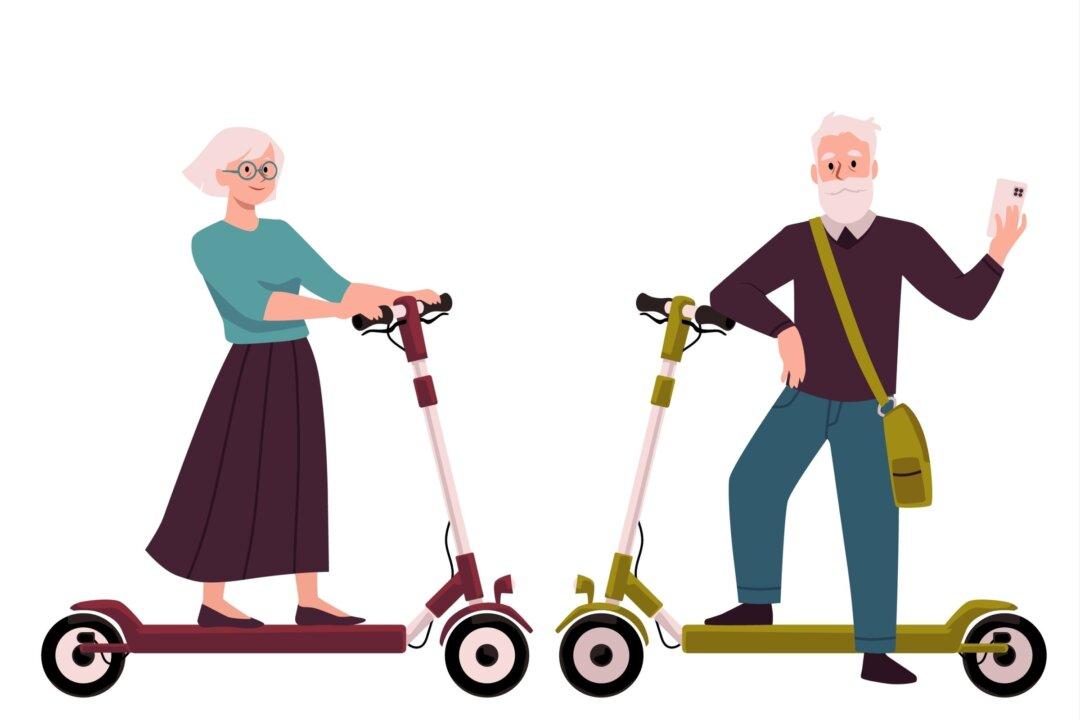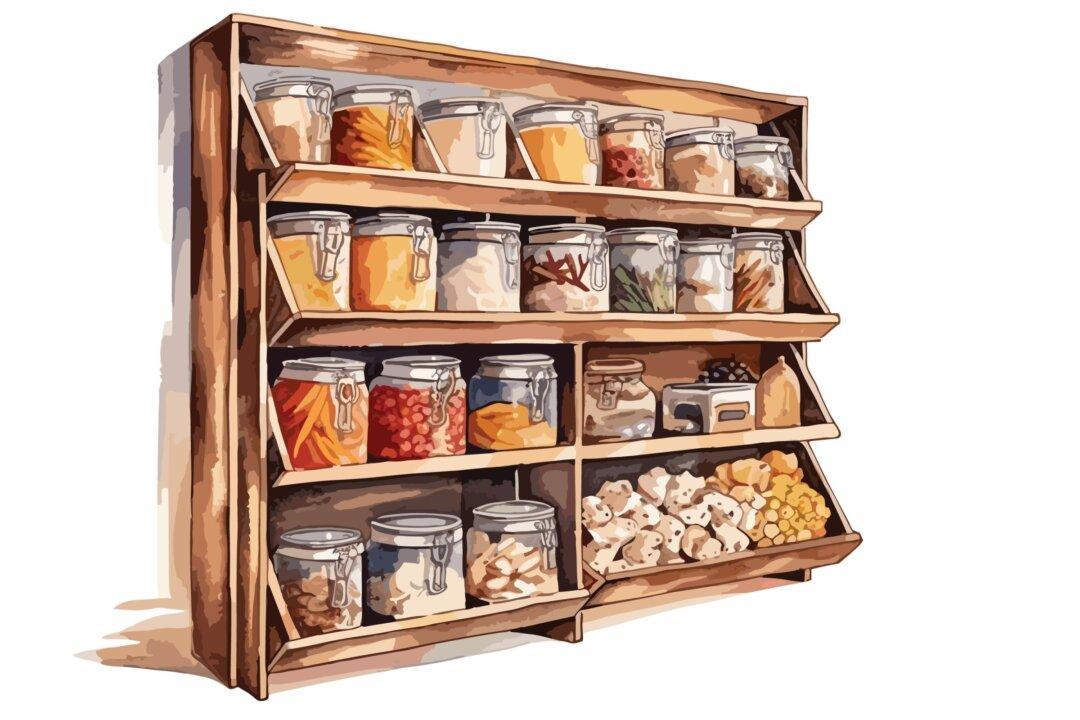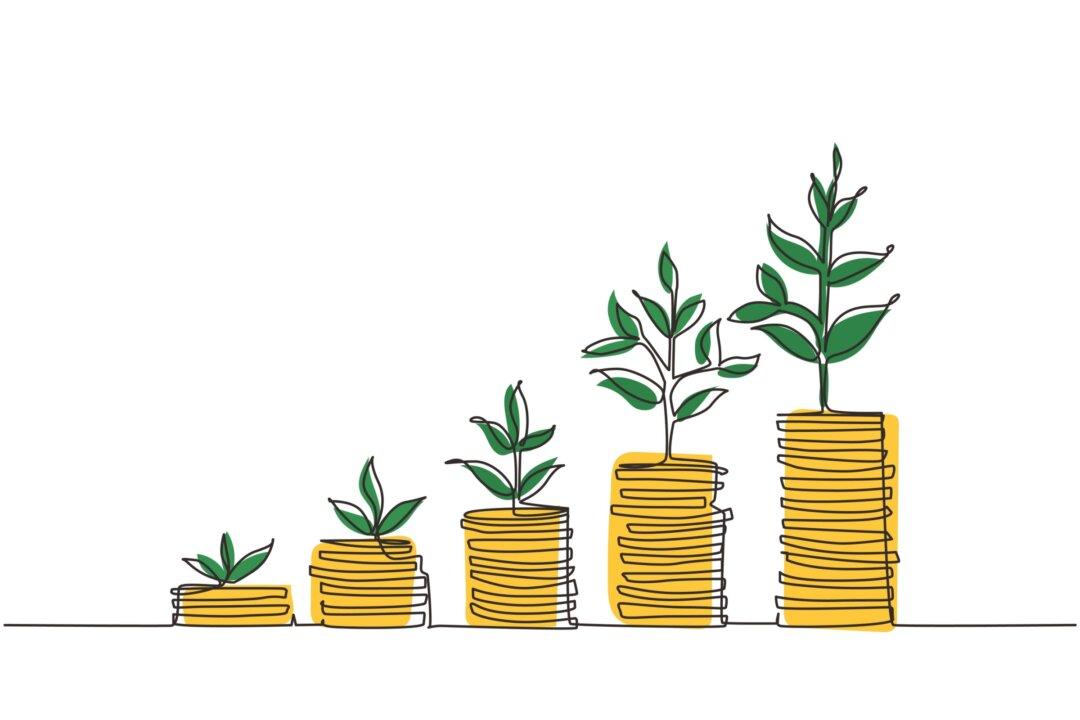TORONTO—A young Chinese girl plays the zither-like guzheng as people pause to watch or take a picture. The girl, 14-year-old Canyangzi Quan, seems to appreciate her audience but people aren’t here for music.
It’s a diverse crowd, from punkish college students with shaved heads to coiffed, sophisticated women. A line of people waits to get in, sometimes circling down the stairway a distance away.
It is clear the Toronto Tea Festival has outgrown the sunlit Appel Salon room of the Toronto Reference Library. Maybe that is not a surprise considering only water is drunk more often than tea.
But tea isn’t merely a drink, as the uninitiated quickly learn at the event on Feb. 2. Tea is a culture—an ancient, delicious culture filled with nuance, ceremony, and sometimes a war or two.
There are many types of tea, but the Tea Guild of Canada makes it clear in the morning “Introduction to Tea” class that there is a difference between herbal infusions and real tea.
Unlike the endless varieties of flowers or plants one can steep in water and then drink, real tea—be it black, green, white or oolong—is made from camellia sinensis. The humble-looking plant can grow into trees and has a magical property those other plants do not—caffeine.
The room is abuzz as visitors circle the tables, sampling, buying, chatting, and learning. Many here are serious tea drinkers, people who know you don’t pour boiling water on green tea, and that oolong is mainly grown in Taiwan.
People gather where samples flow, taking tiny cups and discussing the finer points of what those cups briefly contained. Others break away in chunks to take in a workshop or watch one of several ancient tea ceremonies.
Adventurous History
For such a simple drink, tea has a story with as many twists as Forest Gump.
According to one legend, tea was discovered accidentally by mythic Chinese herbalist Shennong when some leaves fell into his cup of hot water. The beverage left him refreshed and delighted. Chinese took up tea for its medicinal qualities, and after a few thousand years, and a couple of adventures, it was being drunk around the world.
When the Chinese and British stopped getting along, the Brits started growing tea in India. Unfortunately for Indians, all the really good tea was exported. Fortunately for the rest of the world, Indians added a rainbow of spice to tea and created what Starbuckers now know as Chai.
When the Brits and their American colonies had a spat over tea taxes, the former threw tea in the Boston harbour in an act of defiance that fuelled the American Revolution. Tea became unfashionable after that and Americans switched to coffee.
Of course, coffee has caffeine as well, but tea lovers will tell you it’s a different, dirty caffeine equivalent to the dark side of the Force. Good Jedis drink tea and get a nice gradual pick-me-up, rather than that unruly coffee buzz that leaves its victims jittery afterwards.
Tea isn’t just about the leaves, be they a fully oxidized black or lightly refreshing white. Tea is also about ceremony, about finding time with friends or a way to honour those most important guests.
Tea Ceremonies
Tea ceremonies speak to a bygone era when people had time to imbue an act of consumption with deliberate grace. The tea aficionado will tell you the ceremony is calming.
A crowd gathers and stays to watch a traditional Korean tea ceremony. The slow, methodical event has been carried down for centuries and is still used in Korea today to honour dignitaries like foreign presidents and important investors.
A number of ceremonies were demonstrated throughout the day.
Sorlie Madox of Secret Teatime makes pots and tea bowls. She also teaches the Japanese tea ceremony.
“It’s basically like a dance where you get to drink tea in the middle of it,” she said.
Madox said appreciating the instruments of tea-drinking, the pots, bowls etc., is an integral part of a tea ceremony.
Tea ceremonies are not unique to Asia, although westerners wouldn’t necessarily call afternoon tea a ceremony. The King Edward Hotel was promoting their afternoon tea in the Victoria Restaurant, a traditional affair with fine china and silverware.
As the day neared its end, the crowd lightened and tables re-emerged from behind the walls of people that had crowded around them.
Every shade of tea and size of teapot filled those tables. There were diffusers, bodums, and snacks perfect for tea time. Lectures throughout the day introduced the finer points of tea, its health benefits, and history.





